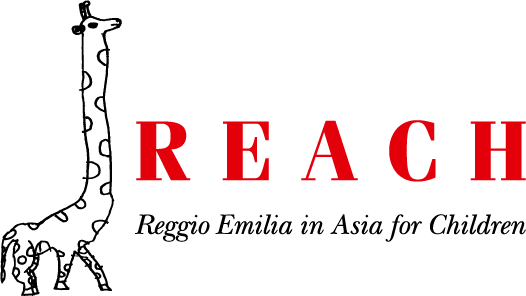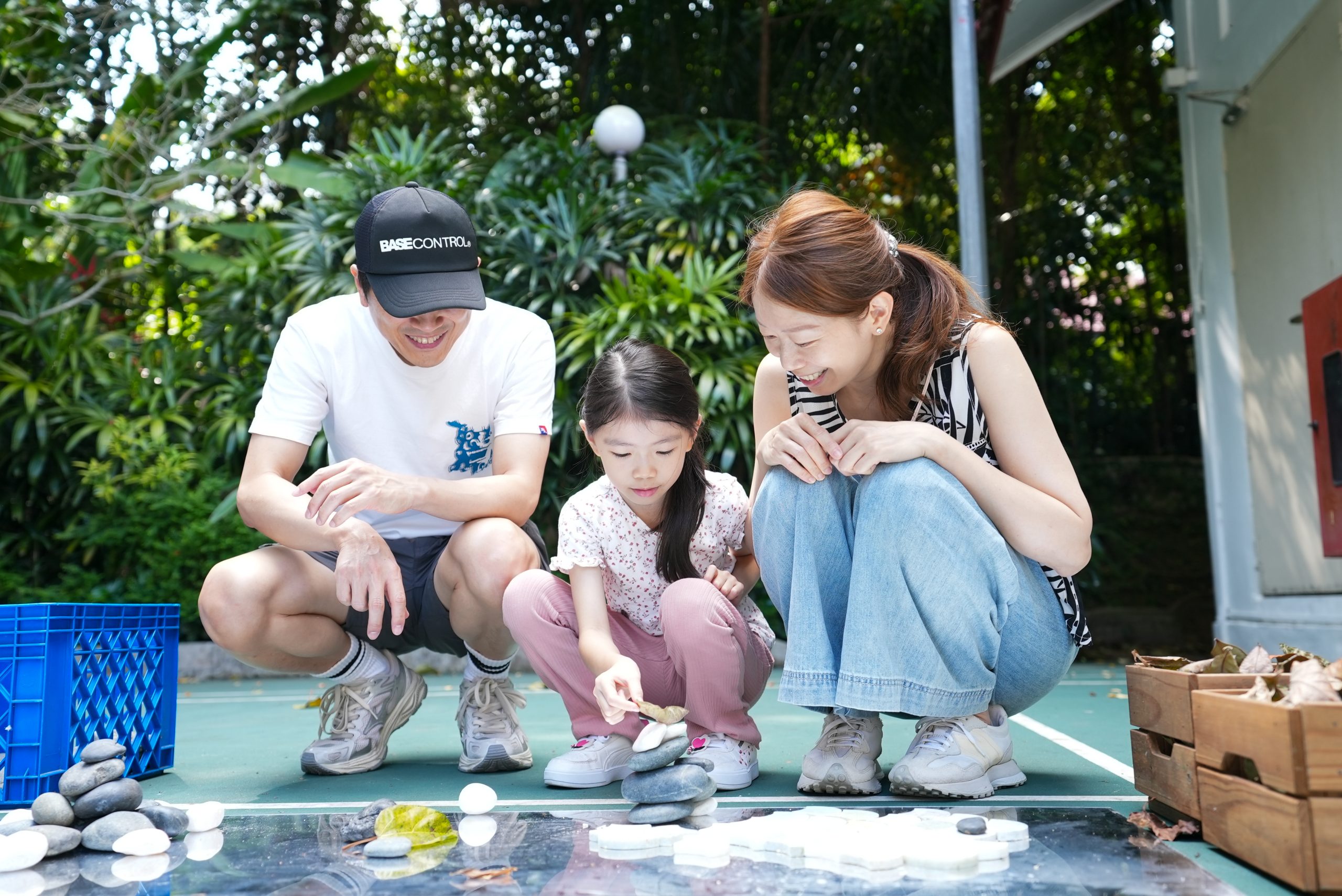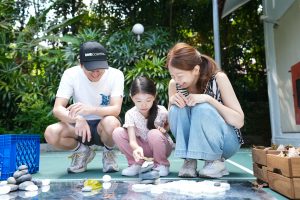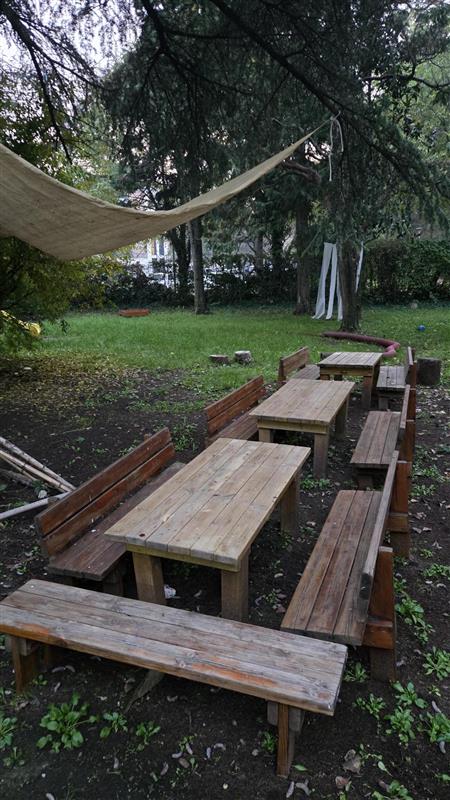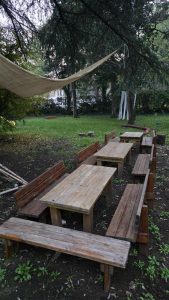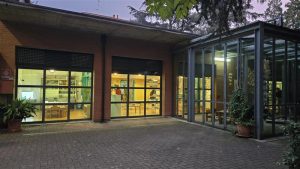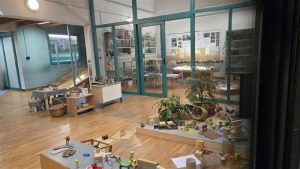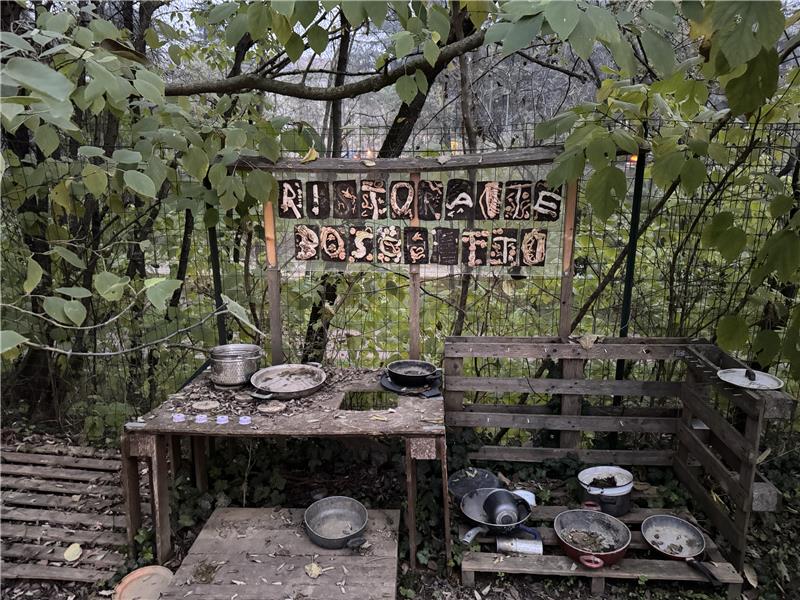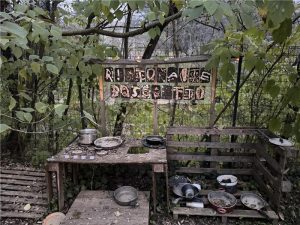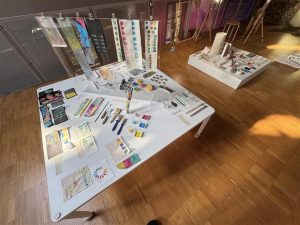During the two-day training session, participants were invited to immerse themselves in and operate rich materials and tools, this also led them to deeply analyse the Reggio Emilia Approach–explore the relationship between art and pre-school education, reflect on the role of teachers, and rethink how to better support children’s independent thinking and active creation in the future.
在这两天的培训中,我们不仅邀请参会者对丰富的材料和工具进行了浸润式地体验和操作,同时还带领他们深度解析瑞吉欧经典案例,探索艺术与学前教育的关系,从而不断反思教师角色,重新思考今后如何更好地支持儿童独立思考和积极创造。
– EtonHouse International Education Group China Early Childhood Education Research Centre (新加坡伊顿国际教育集团中国区学前教育研究中心)
